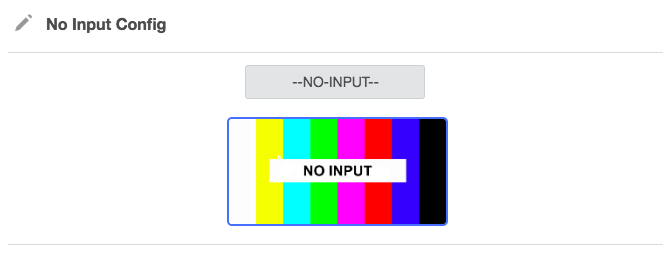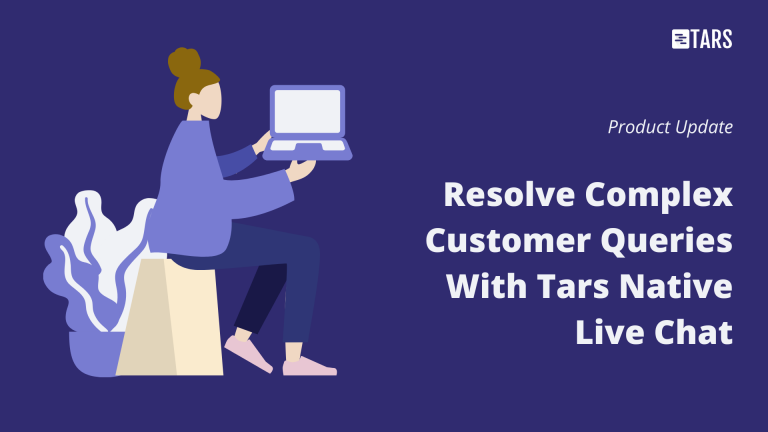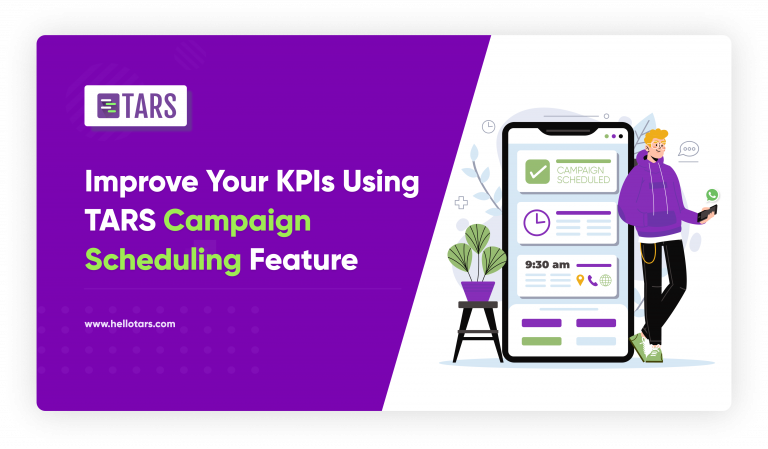[Product Update] – No User Input

One of the many things we pride ourselves on at TARS, is the customizability of our Input UIs. Unlike with other platforms, end users who interact with a TARS chatbot can find themselves using anything from a star-rating keyboard:
To a date scroller:
To a location input:
Our latest UI however, is perhaps the most interesting one of them all. It’s called No Input.
What is No Input?
As the name suggests, No Input means that users are not given any option to respond to the bot’s messages within the gambit. Instead, after the bot finishes sending the messages within that gambit, it will move directly to the next gambit.
Why would anyone need this?
I realize that this feature might seem a little pointless, but I can personally attest to its usefulness. When you have a bot whose flow diverges for one gambit and immediately converges again, a No Input UI gambit makes complete sense.
Now I know what you are thinking. Divergence? Convergence? What is all of this jargon. Here’s an example to make things a little easier for you.
The Example.
We have a bot that lives on the bottom right of our website.
One of the older versions of this bot had a conversational branch in which the bot would show users a few tricks (using your birthday to tell you how many seconds old you are, changing theme mid conversation etc).
After completing the first trick, the bot did a little check-in with the users to see how they liked the trick. This check-in consisted of three options. The nature of each user response was such that the bot’s immediate answer (i.e the next message bubble), needs to be different for each one. For example, if the user responded with “Awesome!” the bot should have acknowledged that with a response like “Glad you liked it!”
Similarly, if the user responded with “I’ve seen better,” it would be weird if the bot said “Glad you liked it!,” and instead it ought to have responded with something like “ah… I’m sorry that you didn’t like my trick.”
Here is where things became tricky. After this divergence, the flow needed to converge immediately, because after regardless of how the user responded to the first trick, we wanted the bot to show the second trick
Previously, the only viable option to do this was that I could duplicate the gambits for the second trick:
The issue with this method, however, was that if we ever had to make a change to the messaging in the second trick, we’d have to open each duplicated gambit and change them individually:
No Input UI solved problem.
I could create three No Input UI gambits each with the divergent first responses, and then connect these back to the same flow to show the second trick
This way, if I ever needed to change the wording in the flow after the divergence, I could save an immense amount of time.
I hope this gives you a good sense of what No Input UI does and where all you can use it.
Check out this help doc to understand how you can start using No Input UI in your bots : http://help.hellotars.com/make/no-input-input-type
Arnav is the Director of Content Marketing at Tars. He spends most days building bots, writing about conversational design and scrolling through Giphy’s trending section looking for the gifs that go into the Tars Newsletter.
Recommended Reading: Check Out Our Favorite Blog Posts!

Resolve Complex Customer Queries With Tars Live Chat

Improve Your KPIs Using Tars WhatsApp Campaign Scheduling Feature

Hyper-Optimize Your Chatbots With User Flow Analytics

Our journey in a few numbers
With Tars you can build Conversational AI Agents that truly understand your needs and create intelligent conversations.
years in the conversational AI space
global brands have worked with us
customer conversations automated
countries with deployed AI Agents




